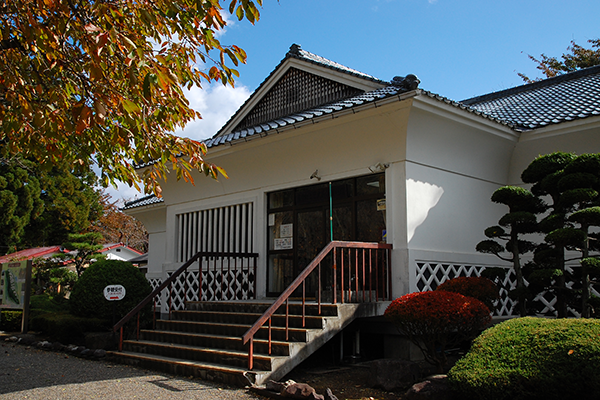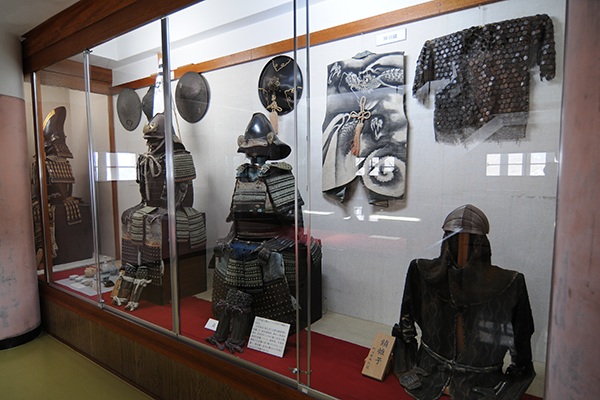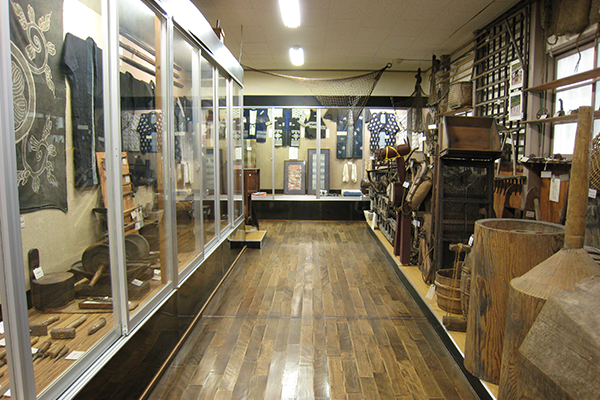The Nanbu Clan was originally formed in the province of Kai (present-day Yamanashi). The clan was active as immediate vassals to the Kamakura Bakufu and moved to the northern area of Tohoku during the Nanboku-chō period. Rather than being a centralized clan, the Nanbu clan had different branches. Besides the main branches of the Nanbu clan, which included the Sannohe-Nanbu and Nejo-Nanbu (which would later become the Hachinohe-Nanbu) there were other families such as the Kunohe, Niida, etc. included in the clan.
Over the following centuries, a tug-of-war power struggler would unravel with different factions, families, and groups working together or fighting amongst each other to amass fame and fortune. During the Warring States Period, the 26th lord of the Nanbu clan, Nobunao Nanbu, participated in the siege of the Odawara castle and pledged his loyalty to Hideyoshi Toyotomi (the then de facto ruler of Japan). With Toyotomi’s endorsement, Nobunao was recognized as the ruling leader of the clan and was able to secure his position and power over the Nanbu domain.
Today, the footsteps left by the Nanbu clan in the Hachinohe Area can still be traced back through time. Castles, graves, temples, and shrines all tell whispers and stories of the clan’s history. One great example is the restored site of the Ne Castle. The Ne Castle, or Ne-jo, was constructed in 1334 as an administrative center for one of the branches of the newly arrived Nanbu clan. The complex was a building that looked closer to a fortified mansion than what most people imagine when they picture a Japanese castle. Thanks to lengthy research and architectural excavation, the castle grounds and many of the buildings that constituted it have been faithfully restored, allowing visitors to see and experience what life was like in one of Japan’s most remote and wild frontiers.
Furthermore, visitors can tour many of the sites that were important to the development of the Nanbu Clan’s history and progression while in the Hachinohe Area. Of particular interest are the Shojujidate Castle Site, the beautiful Nanbu Toshiyasu Mausoleum, and the Sannohe Castle Site. Come and turn back time, as you discover a story of fighting factions, powers struggles, and the adventures of the Nanbu Clan that would shape the Hachinohe area into what it is today.
Explore the History of the Nanbu Domain
(The Shojujidate Castle Site & The Nanbu Toshiyasu Mausoleum)
The Shojujidate Castle Site
During the warring states period of Japan, around 500 years ago, the Nanbu area was ruled over by the Sannohe Nanbu branch of the Nanbu Clan. The clan resided in a castle that was more akin to a fortified residence than a traditional Japanese castle. It was called the Shojujidate Castle.
The building remains measure at 36 meters from north to south, and 42 meters east to west, making it the biggest in the Tohoku area. On the castle’s eastern side was the Oshu highway, to the south the Kazuno Road, and just further south than that was the Mabechi river. All of these were major thoroughfares and allowed the castles access to major land and water routes, a key advantage for the structure.
The Shojujidate Castle was burned down in 1539, and high-quality pottery from this period has been excavated from the castle site. After the castle burned down, the clan moved the site of their next castle further inland to the area that is now the Shiroyama Park in Sannohe. During the reign of Hideyoshi Toyotomi, the clan moved to Fukuoka castle in Ninohe city, until finally moving to Morioka city during the Edo period, where they built the Morioka castle.
The Mausoleum of Toshiyasu Nanbu
Toshiyasu Nanbu was the fourth son of the 27th lord of the Nanbu clan. He was born in the Sannohe Castle in 1608, and in 1626 he was made lord of the Asamizu Castle in the current town of Gonohe. Toshiyasu resided at the Sannohe Castle where he was left to govern over administrative affairs when his father was gone. But then in 1631 he fell sick and passed away at the young age of 24.
The mausoleum built for Toshiyasu is the only one of its kind in the whole of the Nanbu clan history, and is decorated with extravagant materials like gold and lacquering in its ornamentations. It is of significant and important historical value as it exemplifies the area’s use of the Momoyama architectural style, as well as for its aesthetic beauty. The wall paintings of the mausoleum are thought to be in the style of the Kano school of the early Edo period. It was designated a national important cultural property in 1953.
<The Shojujidate Castle Site & The Nanbu Toshiyasu Mausoleum>
- Visitor & Info Center
- 81-2 Komukai, Shōjuji, Nanbu, Sannohe-gun, Aomori
(Shisekishojuji Tateato Information Center)
- Phone:
- 0179-23-4711
- Open:
- The Shojujidate Castle Site 9:00~16:30 The Mausoleum of Toshiyasu Nanbu 9:00~16:00
- Closed:
- Dec 29 ~ Jan 3
- Access:
- 7 min by car from Sannohe Station
- Parking:
- Available
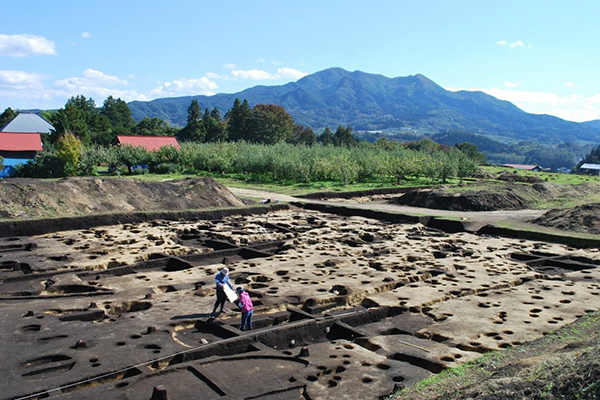
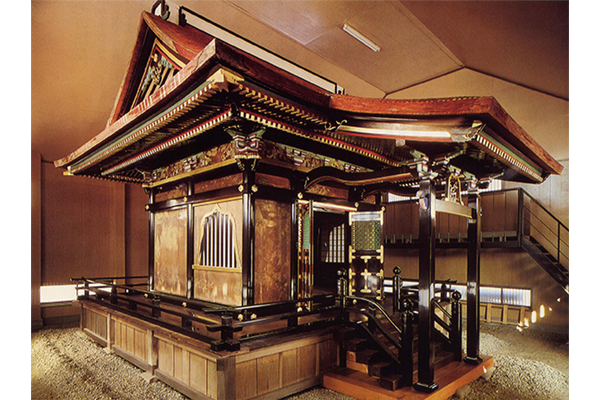
The Sannohe Castle Ruins & Museum of Local History and Culture
- Address:
- Shironoshita-34 Umenai, Sannohe, Sannohe-gun, Aomori
- Phone:
- 【Park】0179-20-1111(Sannohe Town Hall )
【Museum】0179-22-2739 - Open:
- 【Museum】9:00~16:00
- Closed:
- 【Museum】Monday (If Monday is a holiday, the museum will open and close the following day),
Dec 1 ~ End of March - Entrance Fee:
- 【Museum】Adult 220 yen, University & High School 180 yen, Middle & Elementary 70 yen, ( Groups of 20 or more eligible for discount)
- Access:
- By Bus: 15~20 min walk from ‘Sannohe Yakuba Mae’ (Sannohe Townhall) bus stop
By Car: 10 min from Sannohe Station
